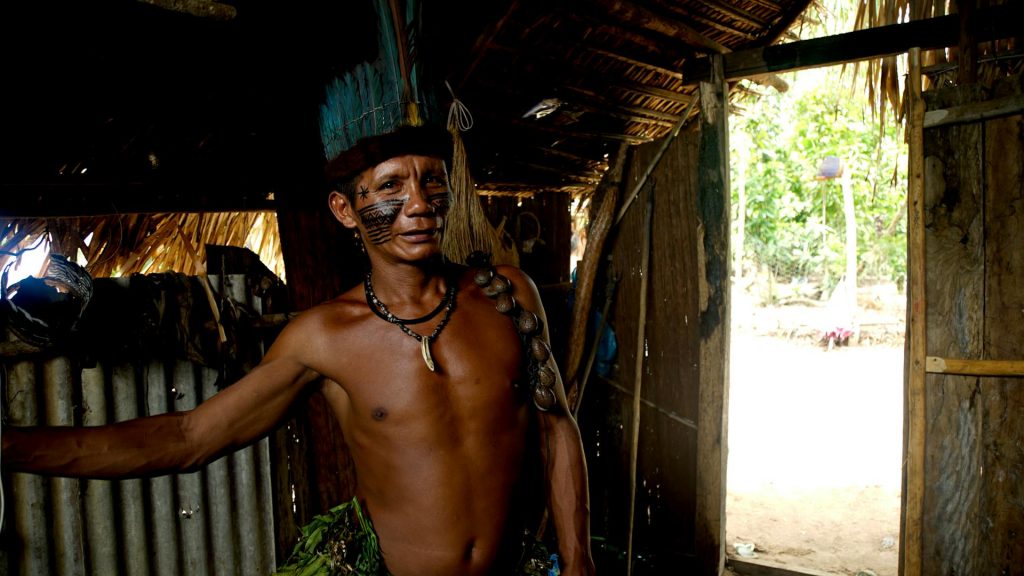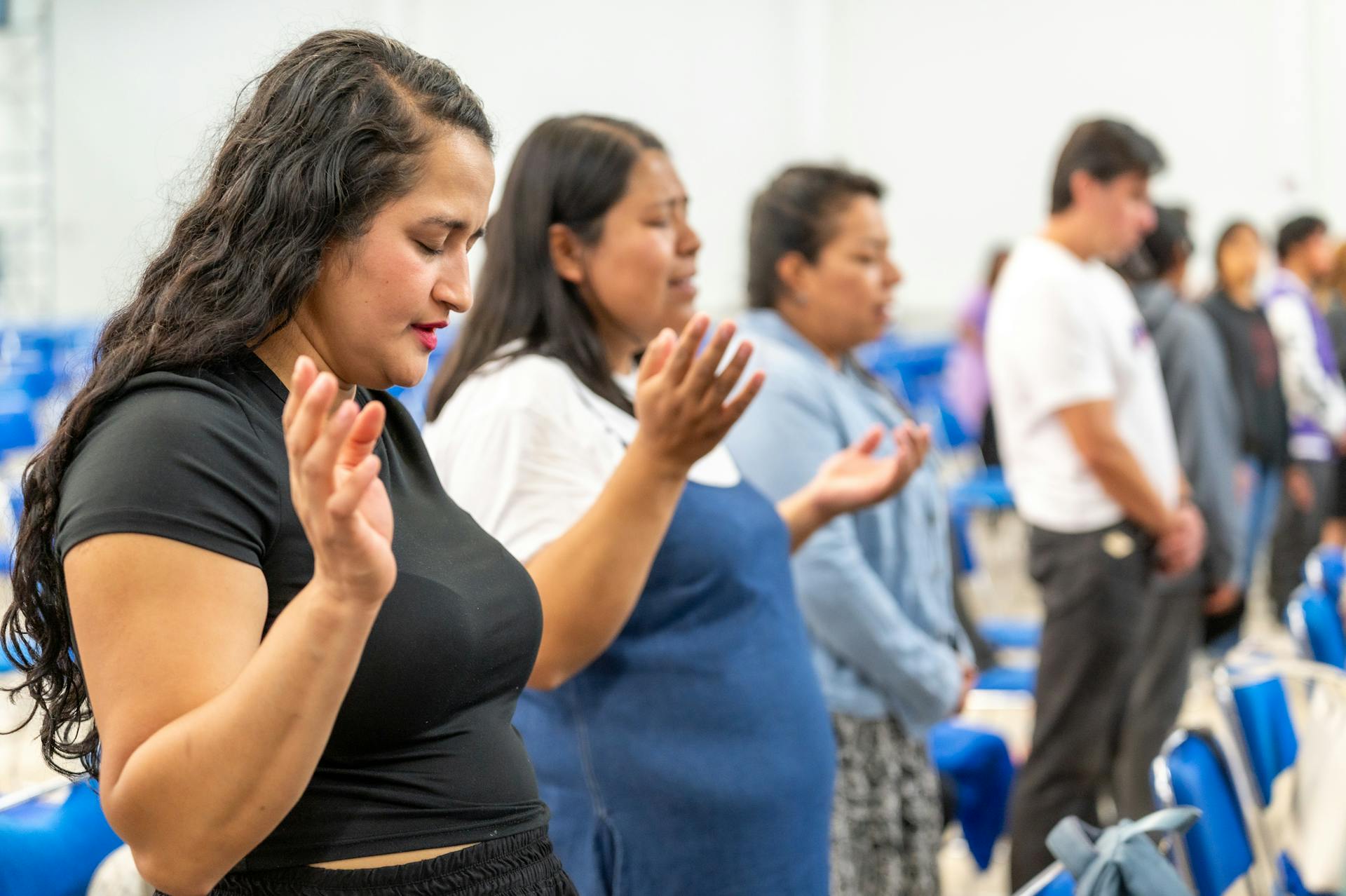This article was also published on Mission Outreach Journal.
For generations, American missionaries have ventured into some of the most remote and impoverished corners of the world, bringing with them the gospel, medicine, education, and economic relief. Their work has left an indelible mark—hospitals where none existed, literacy where people once had no written language, and thousands of churches planted. But alongside these accomplishments, a troubling pattern has emerged. Instead of fostering strong, self-reliant local churches and leaders, many missions efforts have created a system of dependency in which foreign resources, administration, and funding are necessary for survival.
In many cases, missionary work has paralleled the structure of a welfare state—where external aid becomes a long-term crutch rather than a temporary boost toward independence. Communities once strong in their own right have become reliant on foreign intervention, unable to fully stand on their own. While intentions have been good, the unintended consequences have stunted the development of mature, autonomous churches.
This problem isn’t new, and it’s not easy to fix. But if the goal of missions is truly to make disciples of all nations and equip the global church to thrive for generations, then the current model demands a serious reevaluation.
The Historical Arc of Dependency
The transformation of missionary work from evangelistic outreach to full-scale social intervention didn’t happen overnight. The early Protestant missionary movements of the 18th and 19th centuries operated under a relatively simple model: preach the gospel, establish local churches, and train indigenous leaders to continue the work. These early missionaries—people like William Carey, Henry Venn, and Rufus Anderson—emphasized the importance of what later became known as the Three-Self principle:
- Self-supporting – The local church should generate its own financial support.
- Self-governing – The local church should be led by indigenous leaders.
- Self-propagating – The local church should be responsible for its own evangelistic expansion.
This philosophy was rooted in the idea that the gospel, once planted, should grow naturally within its cultural setting without perpetual reliance on outside aid. However, by the mid-20th century, many missions organizations had drifted from this model, shifting instead toward a system of long-term external support.
How Missionary Work Shifted Toward a Welfare Model
Several factors contributed to the rise of what can be called the “Missionary Welfare State”:
- The Rise of Western Philanthropy – With the economic prosperity of the United States after World War II, American Christians had the means to pour unprecedented financial resources into missions. This resulted in a flood of foreign-funded churches, hospitals, and schools, many of which were controlled by Western boards and agencies.
- The Humanitarian Movement in Missions – Over time, missionary work expanded beyond evangelism to include social services. While providing healthcare and education was (and remains) valuable, these programs often lacked long-term sustainability plans, leading to dependence on perpetual American support.
- American Donor Expectations – Many churches and mission boards in the U.S. measure success through visible results—such as the number of churches planted, children educated, or wells dug. This created a system where foreign missionaries were incentivized to establish and control programs rather than handing them over to local leadership.
This shift, though often well-meaning, replaced the early vision of indigenous church empowerment with a system where American resources and decision-making structures became central to the survival of Christian communities abroad.
The Waodani Experience: A Case Study in Dependency
One of the most famous missionary stories of the 20th century is that of the Waodani people in Ecuador. Their story is often told as a triumphant narrative—how five American missionaries were speared to death by the Waodani in 1956, only for their widows and children to later return, forgive the tribe, and lead them to faith in Christ.
But what often gets left out is what happened in the decades that followed.
When the American missionaries arrived, they didn’t just bring the gospel—they brought infrastructure. They built schools, airstrips, medical clinics, and introduced the tribe to modern tools and medicine. The Waodani quickly adapted to these new ways, but with adaptation came an unintended consequence: dependency.
Where they had once relied on their own survival skills, they now relied on mission-run health clinics. Where they had once governed themselves, they now found leadership intertwined with the missionary presence. When Steve Saint, the son of one of the martyred missionaries, returned years later, he realized that instead of building an independent, thriving church, the mission had inadvertently created a system where the Waodani depended on foreign aid for their daily existence.
Steve Saint later reflected on this reality:
“They had been ‘saved’ in a spiritual sense, but they had not been equipped to function as an independent people.”
Over time, the American missionary presence diminished, leaving the Waodani ill-prepared to sustain the institutions that had been built for them. Their story is not an isolated case but a representative example of what happens when missions efforts prioritize relief and infrastructure over true empowerment.
The Broader Picture: When the Church Becomes an NGO
The Waodani are far from the only community to experience this problem. Across Africa, Asia, and Latin America, the same cycle has played out again and again:
- Foreign missions enter a community, bringing not just the gospel but also money, programs, and infrastructure.
- Local believers, instead of leading and funding their own churches, begin depending on foreign resources to keep ministries alive.
- Decisions about church governance and development are made not locally, but in Western boardrooms where donors and mission executives have the final say.
- When foreign support eventually decreases or stops, local churches struggle to survive because they were never built on a sustainable foundation.
David Bosch, a leading missiologist, warns against this model in his book Transforming Mission, arguing that when Western missions dictate the terms of church growth, they create an institution that is structurally incapable of standing on its own. Andrew Walls adds that many mission efforts have unintentionally stunted local church development, keeping churches in a perpetual state of dependence.
Breaking the Cycle: A New Approach to Missions
If the goal of missions is to see strong, self-sustaining churches worldwide, then the model has to change. Some key principles for breaking the cycle of dependency include:
1. Train Local Leaders from the Start
Missionaries should prioritize identifying and training indigenous leaders from the beginning, equipping them with the knowledge and skills to take full ownership of ministry efforts.
2. Develop Local Financial Support Models
Churches must learn to support themselves through tithing, business initiatives, or other means rather than relying on perpetual foreign funding.
3. Gradually Transition Control
Every missions effort should have a clear roadmap for handing over leadership, decision-making, and financial responsibility to local believers.
4. Work Within Cultural Structures
Instead of imposing Western church governance and administrative models, missions should encourage churches to develop leadership structures that align with their own cultural and historical contexts.
5. Shift the Role of Foreign Missionaries
Instead of operating as managers or directors, missionaries should serve as trainers, mentors, and consultants—ensuring that their presence leads to independence rather than reliance.
A Call to Rethink Missions
American missions have done immeasurable good, but they have also made profound mistakes. Too often, they have built churches and ministries that can only function with outside help, failing to equip local believers for true self-sufficiency. If the future of missions is to be effective, it must move away from the model of endless foreign aid and toward one of true empowerment.
The gospel isn’t meant to create dependence on American resources. It’s meant to transform people from the inside out, equipping them to build their own churches, train their own pastors, and sustain their own communities. That must be the future of missions—not just planting churches, but ensuring they can flourish without us.





